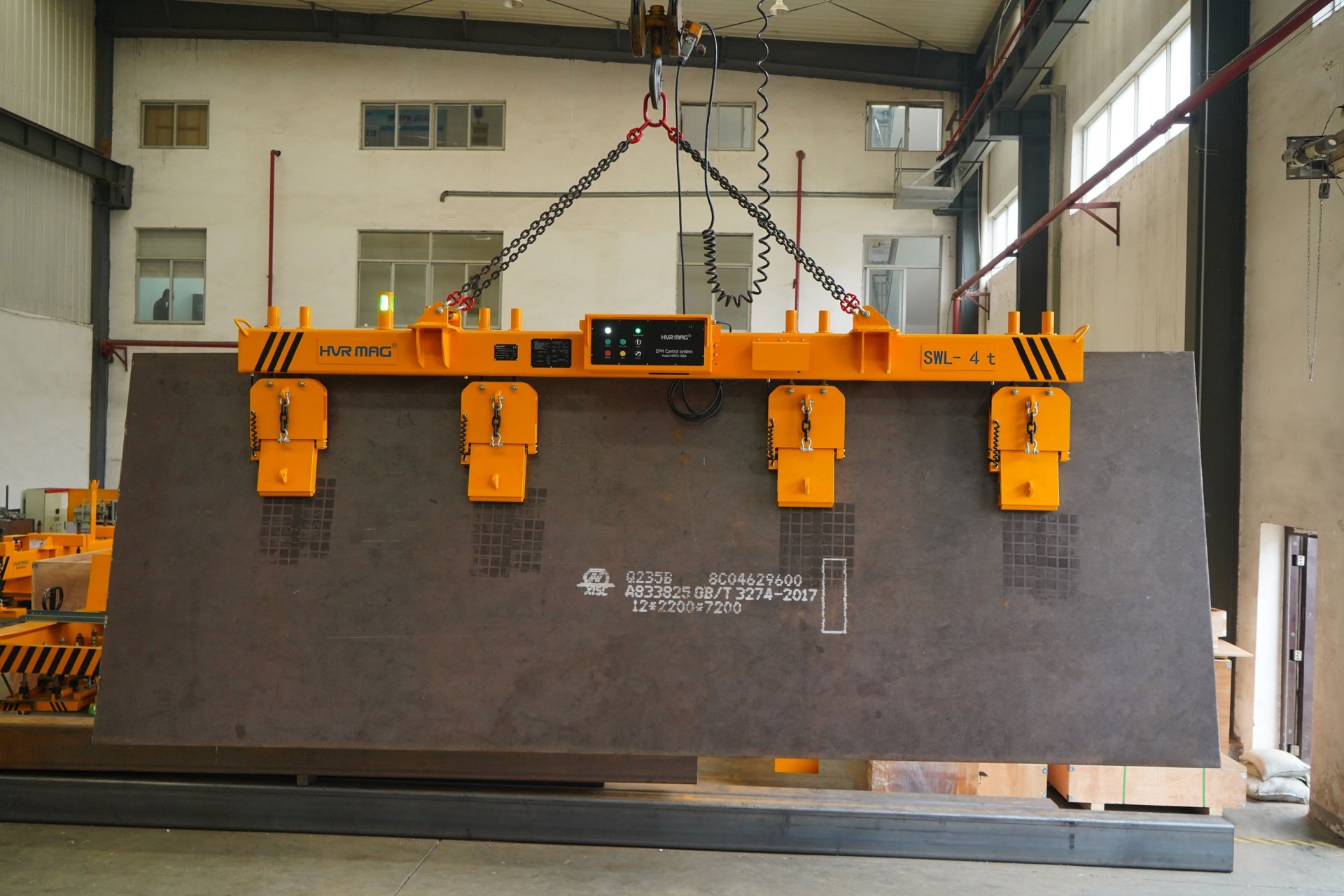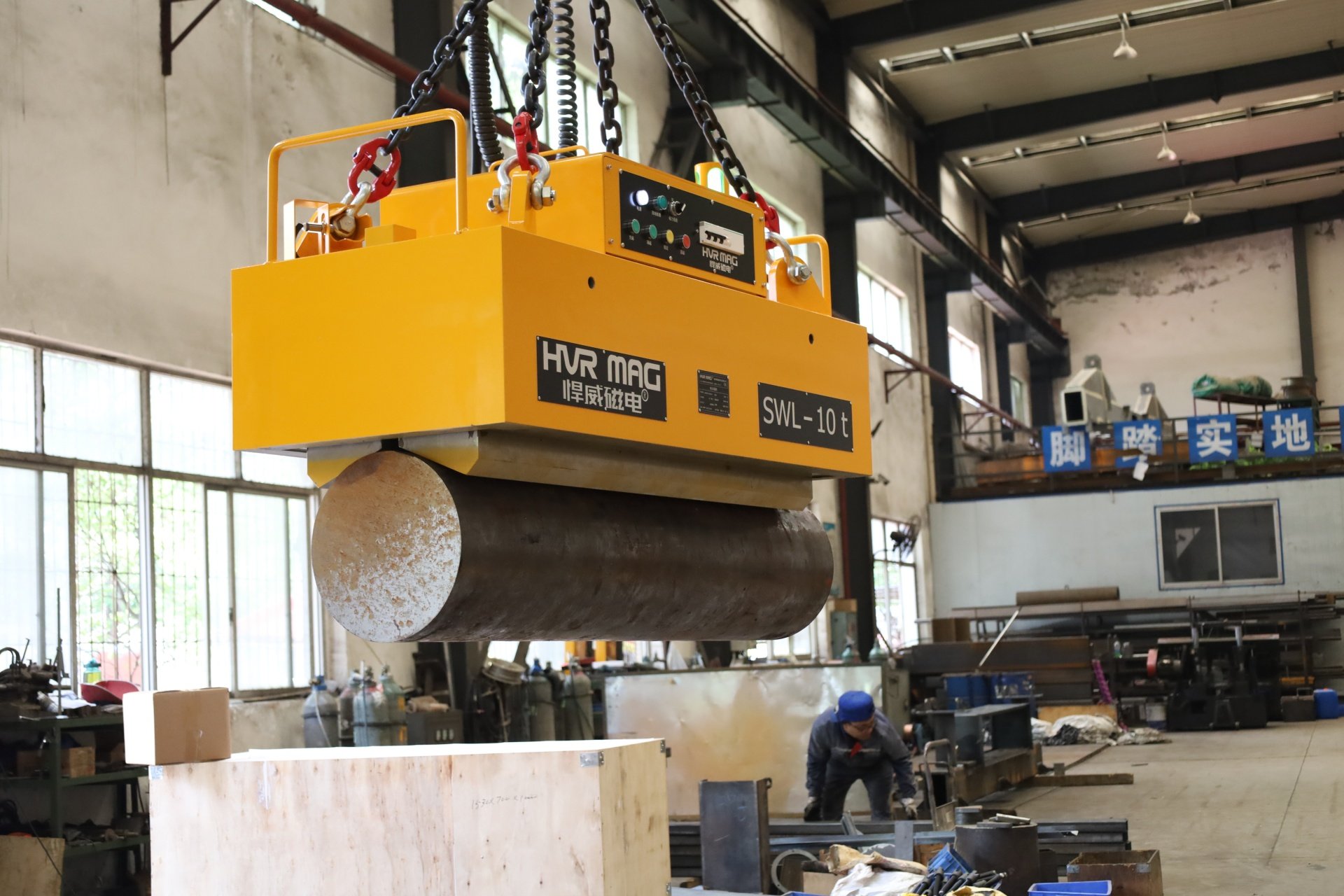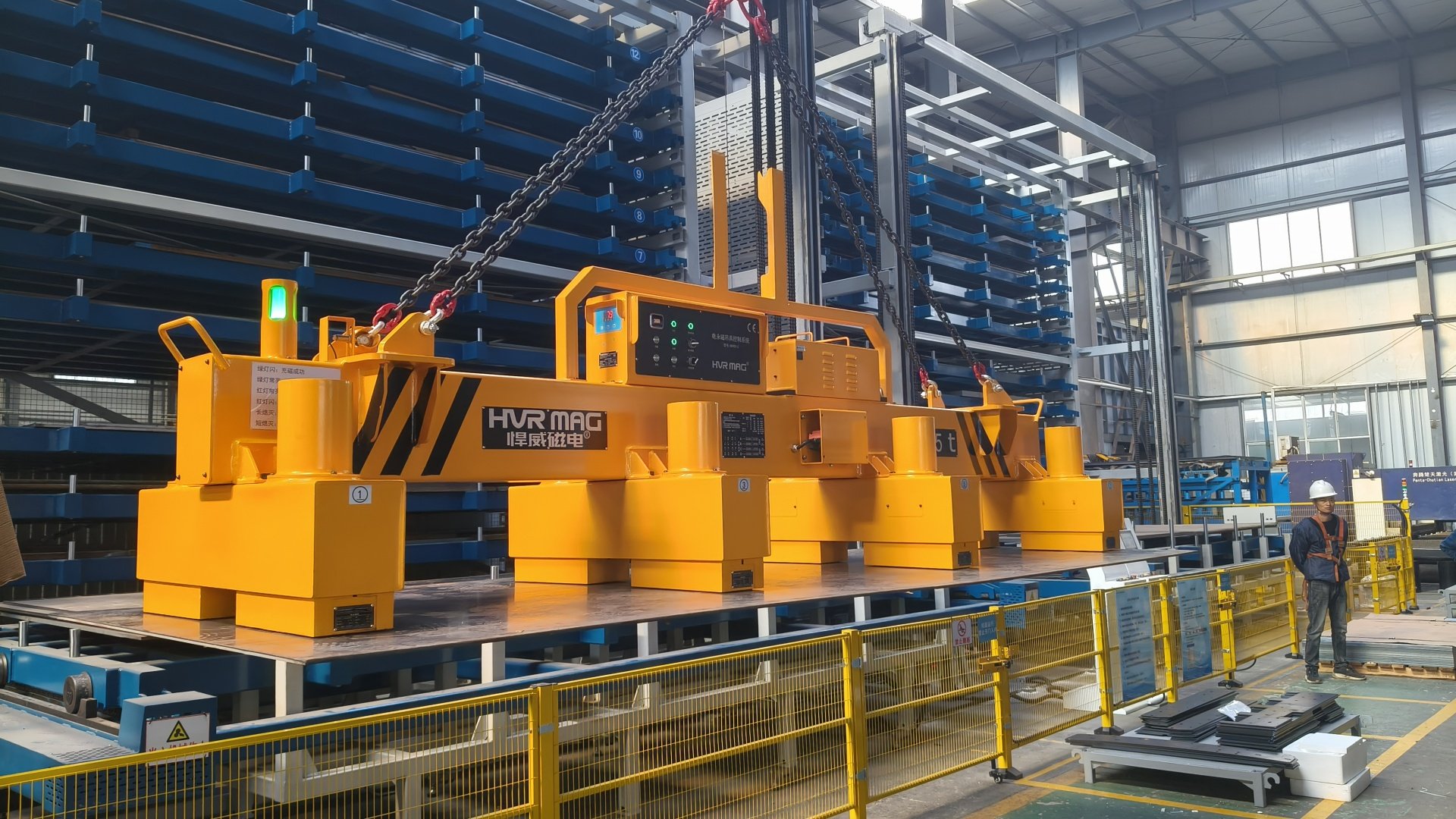As a common liftingsolution operation in steel loading and unloading operations, steel plate side suspension does have some difficulties, mainly reflected in the following aspects.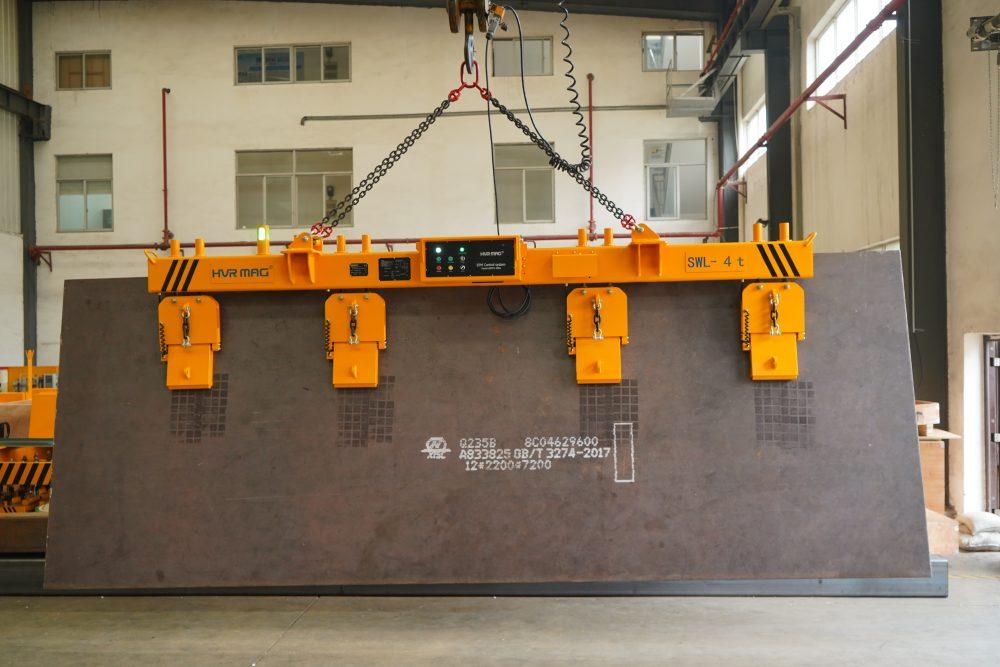 1.Steel 1.Plates are heavy and bulky, making them prone to safety accidents such as overturning and falling.
1.Steel 1.Plates are heavy and bulky, making them prone to safety accidents such as overturning and falling.
2.Multiple people need to collaborate and cooperate, making coordination difficult and homework inefficient.
3.The lifting equipment requires high load capacity and needs to be equipped with a sufficiently large crane.
4.The work site is narrow, the activity space is limited, and collisions are prone to occur.
5.Due to safety concerns, the work speed must be slowed down, making it impossible to achieve high efficiency.
In order to effectively address these difficulties in steel plate side lifting operations, factories need to start from multiple aspects such as equipment, technology, and management, adopt targeted lifting equipment, and improve the safety, efficiency, and economy of operations.So when carrying out steel plate side lifting operations, we need to pay special attention to the following aspects:
- Select suitable lifting tools, like steel plate clamps and magnetic lifting beams. Make sure they match the size of the steel plate.
- Control the work area environment:
- Divide the work area to ensure there are no people or obstacles nearby.
- Ensure workers wear proper personal protective equipment, such as helmets and gloves.
- Workers must receive professional training to master correct lifting techniques and safe operations.
- Maintain good communication and coordination during work so that everyone can perform their duties well.
- Lift the steel plate slowly and steadily, while paying attention to keeping it horizontally balanced.
- When moving steel plates, move slowly to prevent tilting and sliding due to inertia.
- When lowering the steel plate, do it slowly to avoid damaging the steel plate surface and surrounding equipment.
- A magnetic lifting beam is very useful for hanging vertical steel plates.
- Boost lifting efficiency
- When the magnetic lifting device touches the steel plate, you don’t need any other auxiliary equipment. The operation is simple and quick.
- During the lifting process, you don’t have to repeatedly adjust the position of the lifting equipment, which greatly improves work efficiency.
- You can lift multiple steel plates at the same time, enhancing loading and unloading capacity.
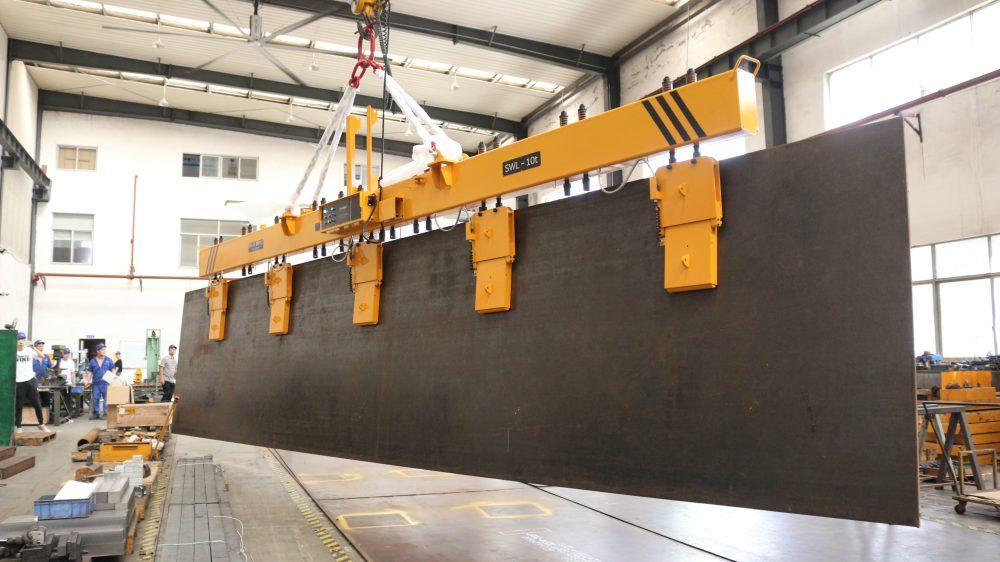
The magnetic lifting device has a large contact area with the steel plate, and the force distributes uniformly. So, it won’t cause local pressure damage to the steel plate.
During the lifting process, the device leaves no marks on the surface of the steel plate, thus protecting the appearance quality of the steel plate.
It avoids the potential damage to steel plate edges and corners that traditional clamp – type lifting equipment might cause.
Of course, when using magnetic lifting equipment, operators should take some precautions. For example, they need to confirm the lifting capacity, check the status of the lifting equipment, and control the working environment. With good safety management measures in place, magnetic lifting equipment can bring significant convenience and advantages to side – hanging steel plate operations.
.Visit for more.
 1.Steel 1.Plates are heavy and bulky, making them prone to safety accidents such as overturning and falling.
1.Steel 1.Plates are heavy and bulky, making them prone to safety accidents such as overturning and falling.





